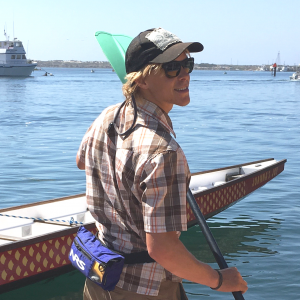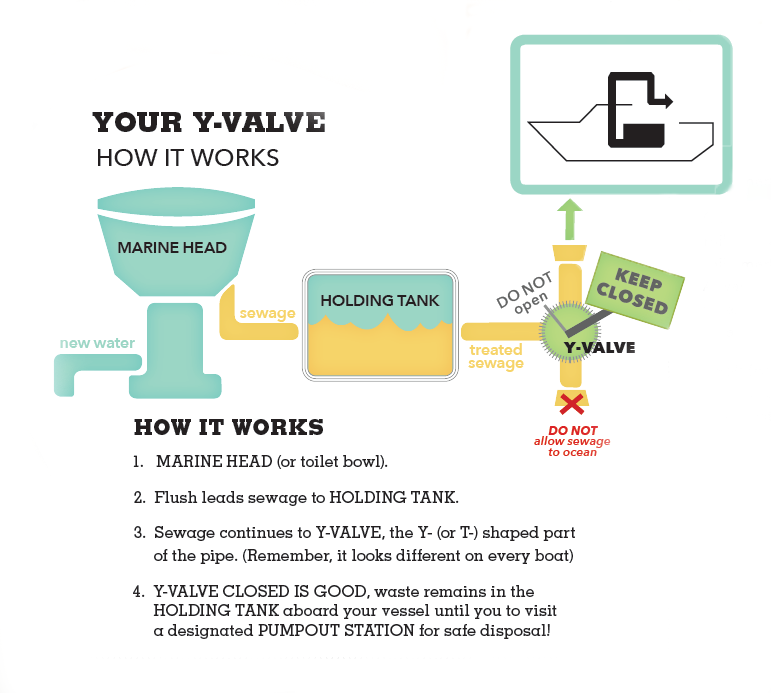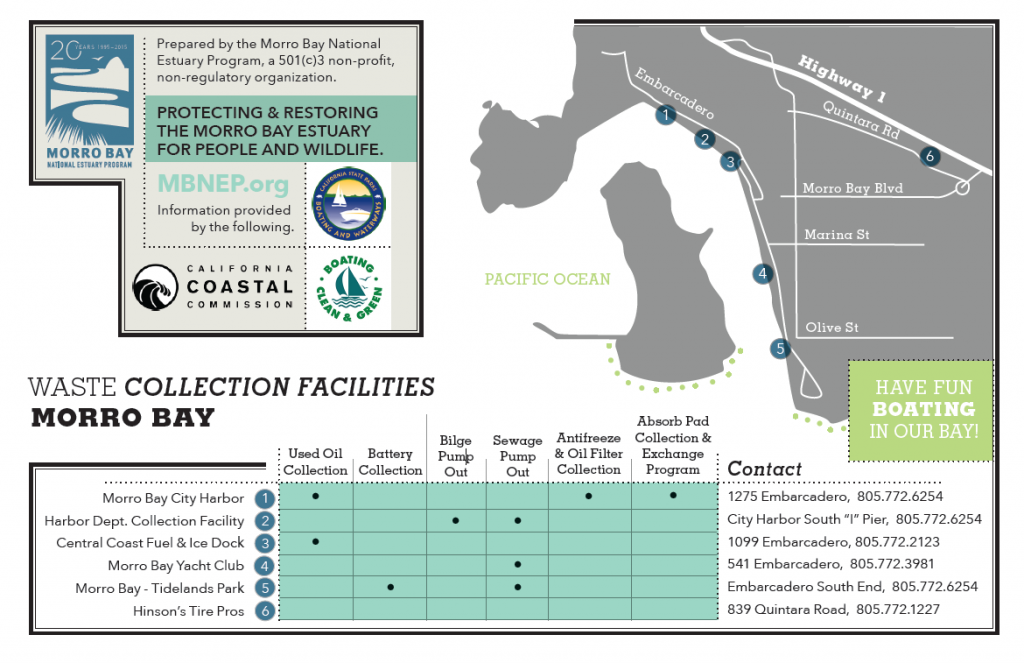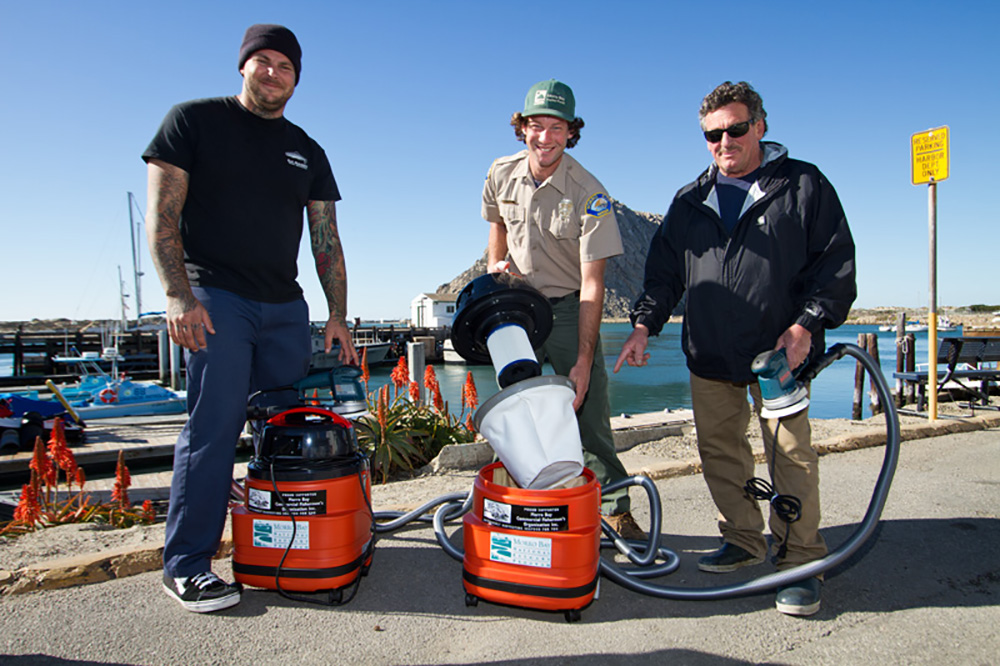Our 2017 Accomplishments blog series highlights some of the Estuary Program’s work during the past calendar year.
During the summer of 2017, our Communications & Outreach Intern for Clean Boating paddled the bay, bringing clean boating kits in a crate on the back of his paddleboard. He reached out to people whose boats were tied at mooring or slips, and even motoring around the bay. The clean boating kits he offered contained information about the resources available to boaters, including pumpout stations and oil recycling facilities. The kits also included practical tools like an oil absorbent sock and biodegradable dye-tabs for checking marine heads for leaks.
Throughout the summer, he was impressed by how well-informed boaters in our bay are about its health and the quality of its water. He returned to each boater who had accepted a clean boating kit about a month later, and asked them to complete a survey about how helpful the kit was. Each boater who answered the survey reported that it was very helpful, and that they had done one new clean boating action since reading it.
Anders, pictured above, acted as our Clean Boating Intern this past summer. We appreciate all of his work for the health of the bay.
In case you didn’t get your clean boating kit this summer, we’re sharing the information from the kit below. If you would like your own oil absorbent sock or pad, or if you need dye tabs to check your marine head for leaks, come by our office and pick those supplies up for free!
1. Make sure what goes in the head stays in the holding tank: Check your Y-valve for leaks
You’d rather focus on the wind and the waves, but sometimes nature calls. When you flush the head on your boat, untreated sewage moves into your holding tank. Your Y-valve is the only thing standing between that sewage and the bay waters that we all enjoy. Because of this, keeping the Y-valve closed is a must, and making sure it’s air- and water-tight is just as important.
Luckily, checking for leaks is easy. All you need is two dye tabs and about three minutes. Purchase the dye tabs from your local marine supply store, then drop the tabs into your head and let them sit for 1-2 minutes to soften. Flush, and then head toward your discharge port to make sure there’s no dye in the water.
If the water is clear, you’re good to go. If you see dye leaking out, it’s time to get that leak repaired to keep human waste from leaking into the bay.
2. Know before you go: Locate your nearest pumpout stations
If your Y-valve is working, keeping sewage in the tank should be a breeze. But, you still need to find a pumpout station before the tank gets full. If you’re boating in Morro Bay, you can find a pumpout station that will work for you using the map below. It also shows you other resources (like battery and used-oil collection sites) that might come in handy.
3. Every drop counts: Stock up on absorbents and recycle your waste
With hundreds of boats on the bay, it’s important to keep all chemicals, oil, etc. contained—down to the last drop. In order to do that, you’ll want to keep plenty of absorbents on hand to mop up any spills that occur onboard. You can pick them up at the store, or participate in the Harbor Department’s free absorbent exchange program. They’ll fix you up with the supplies you need; just bring them back for recycling once you’ve used them. You can also drop off used oil, antifreeze, and more for disposal. Just give the Harbor Department a call at 805-772-6254 to find a good time to stop by.
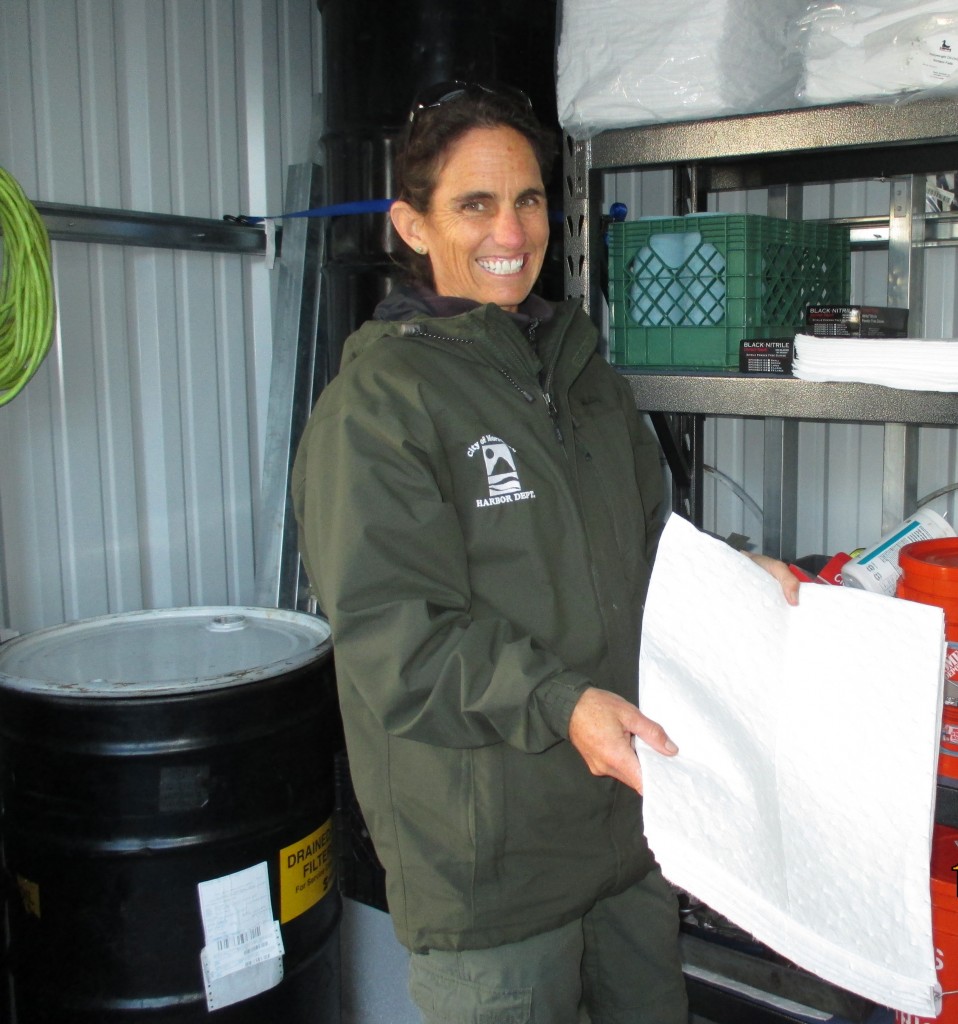
4. Leave no trace: Bring all your disposables home with you
One important way to help keep our waters clean is by keeping track of all food wrappers, bottles, and any other items that you take with you when you leave the shore. Morro Bay can be windy, so we recommend keeping lightweight plastic scraps in a container with a lid, so that nothing blows overboard accidentally. (This tip can be helpful when you’re on a hand-, sail-, or foot-powered boat, too!)
5. Use a vacuum sander when you work on your boat
The Morro Bay Harbor Department also has two vacuum sanders that are available on a first-come first-served basis. These sanders are available for public use because the Commercial Fisherman’s Organization of Morro Bay applied for Community Project funding through the Estuary Program to purchase the sanders.
The vacuum sanders are pictured here. They are portable and easy to use.
More information and resources
- Contact the Estuary Program for clean boating information and materials at 805-772-3834.
- Download our clean boating tips and boating resource map from our Library.
